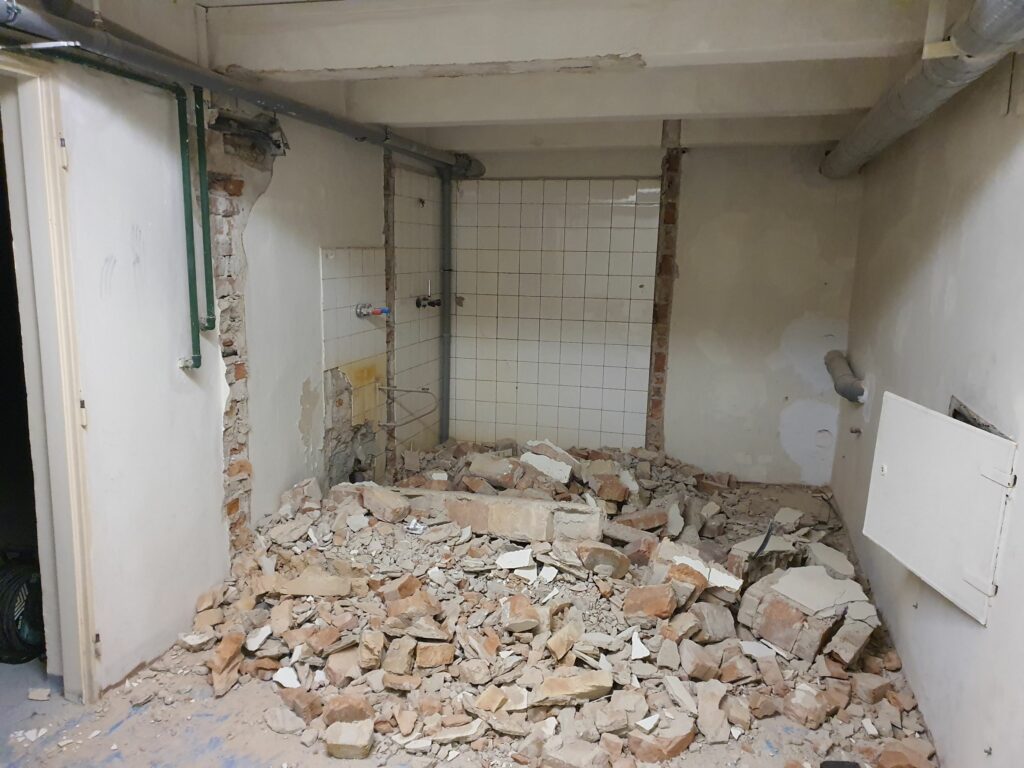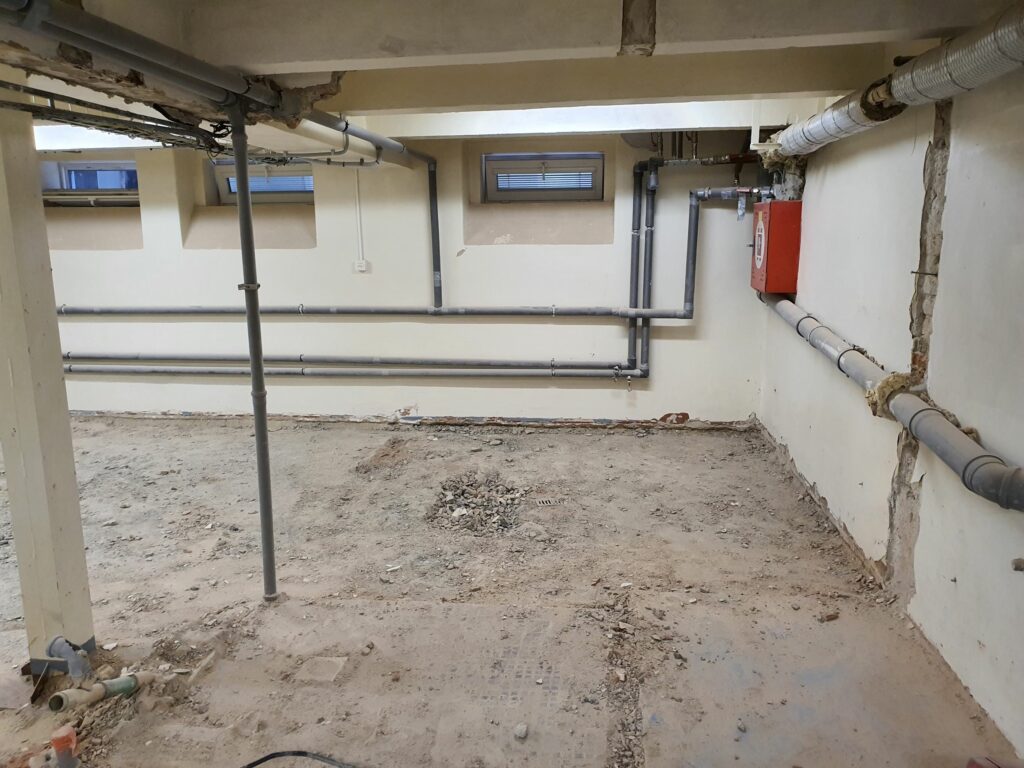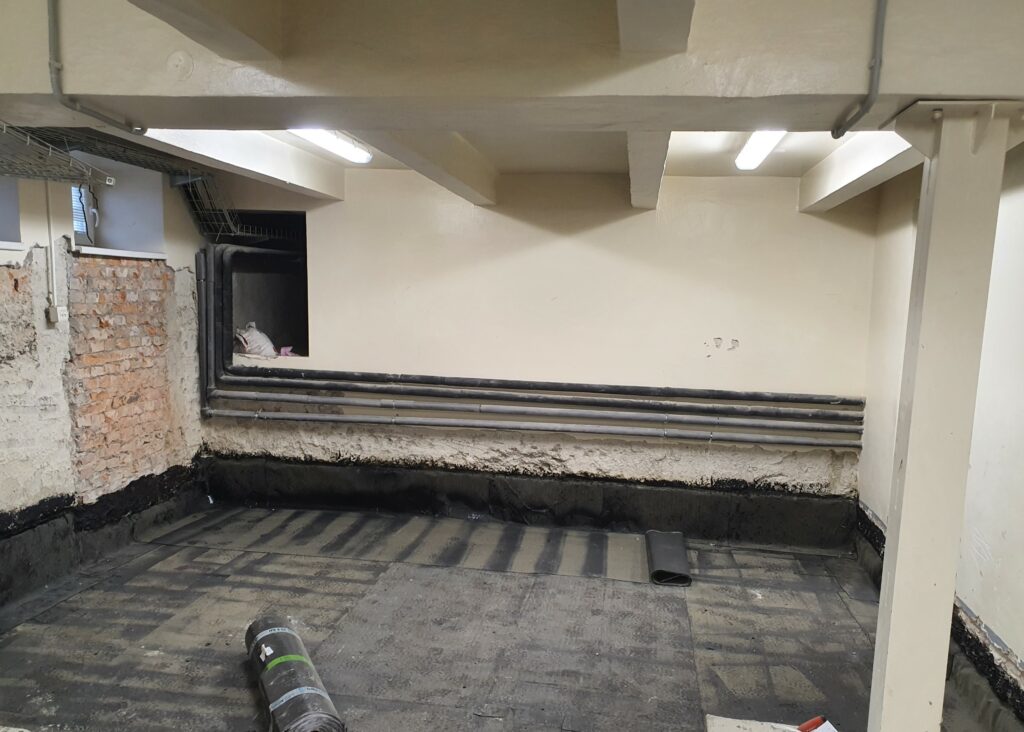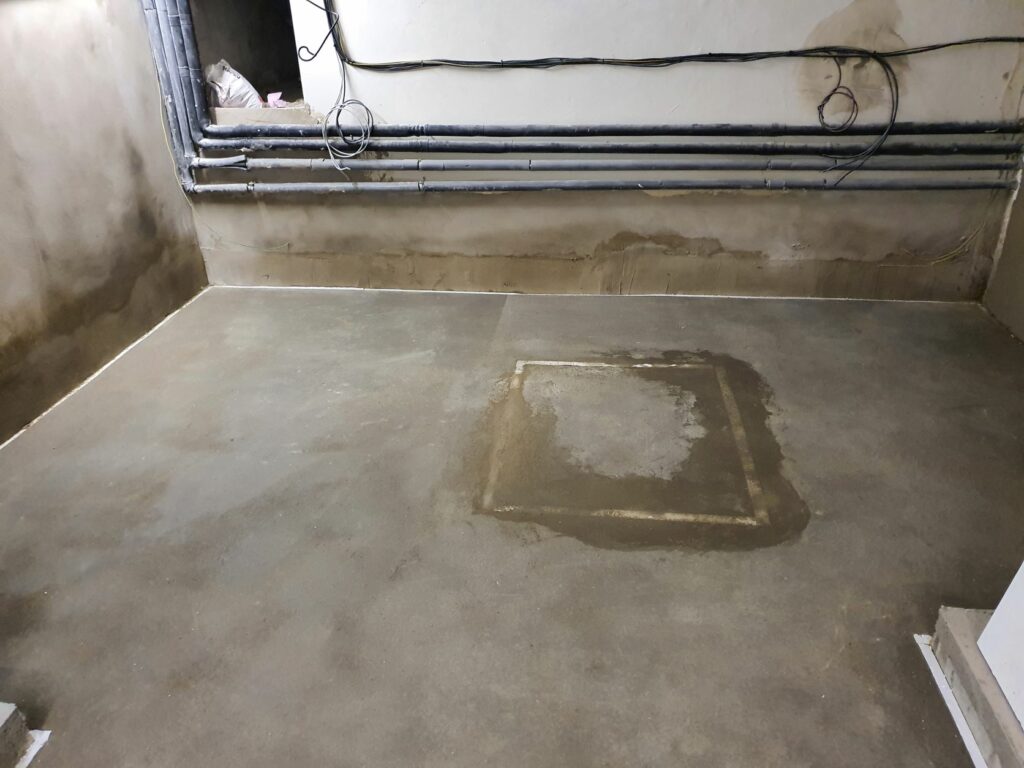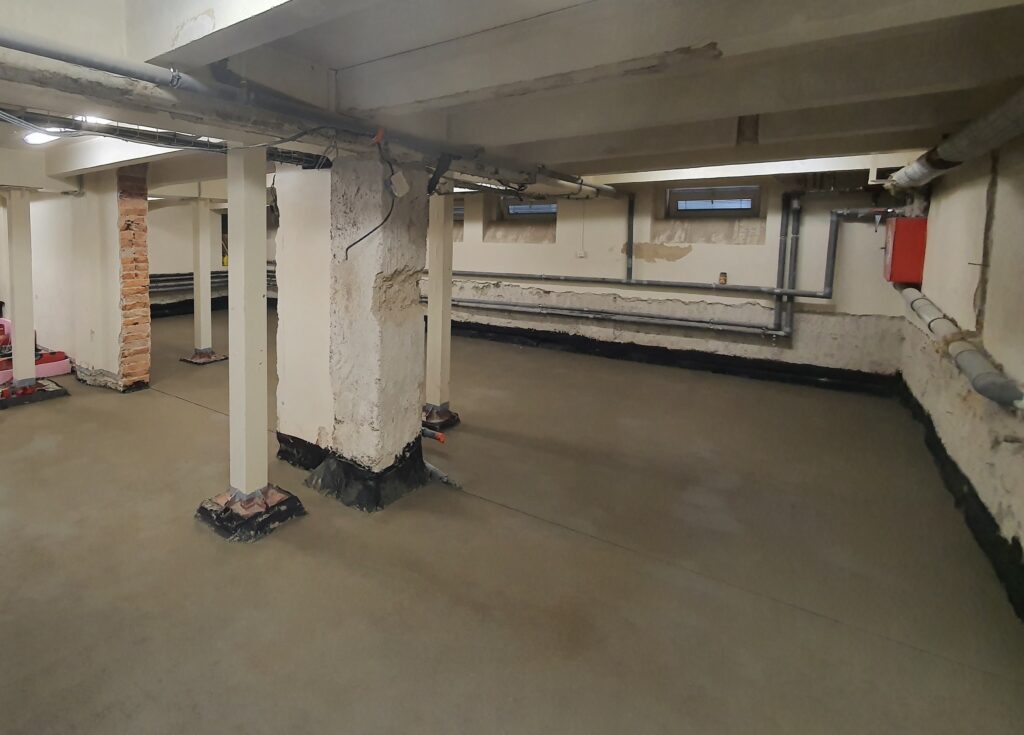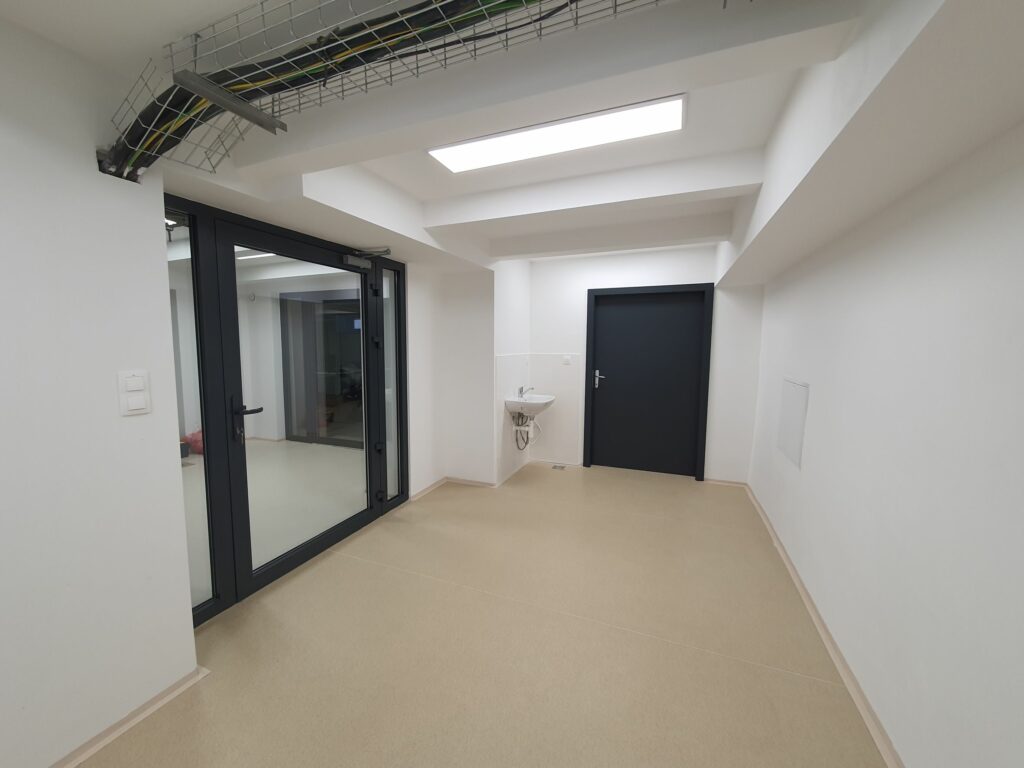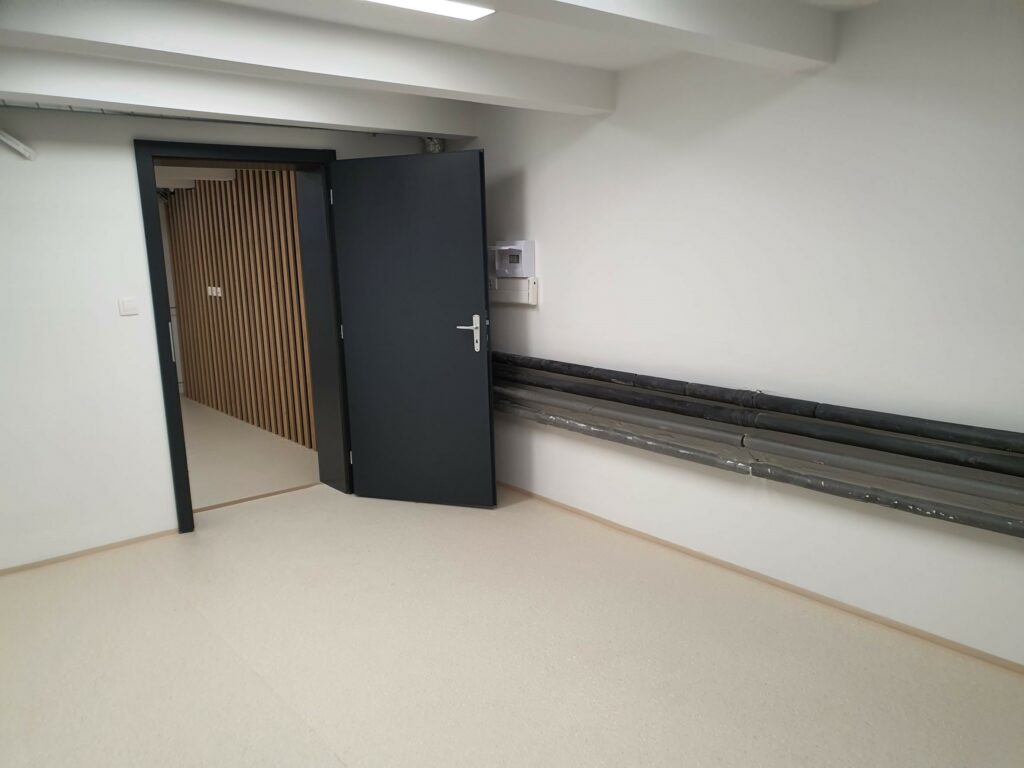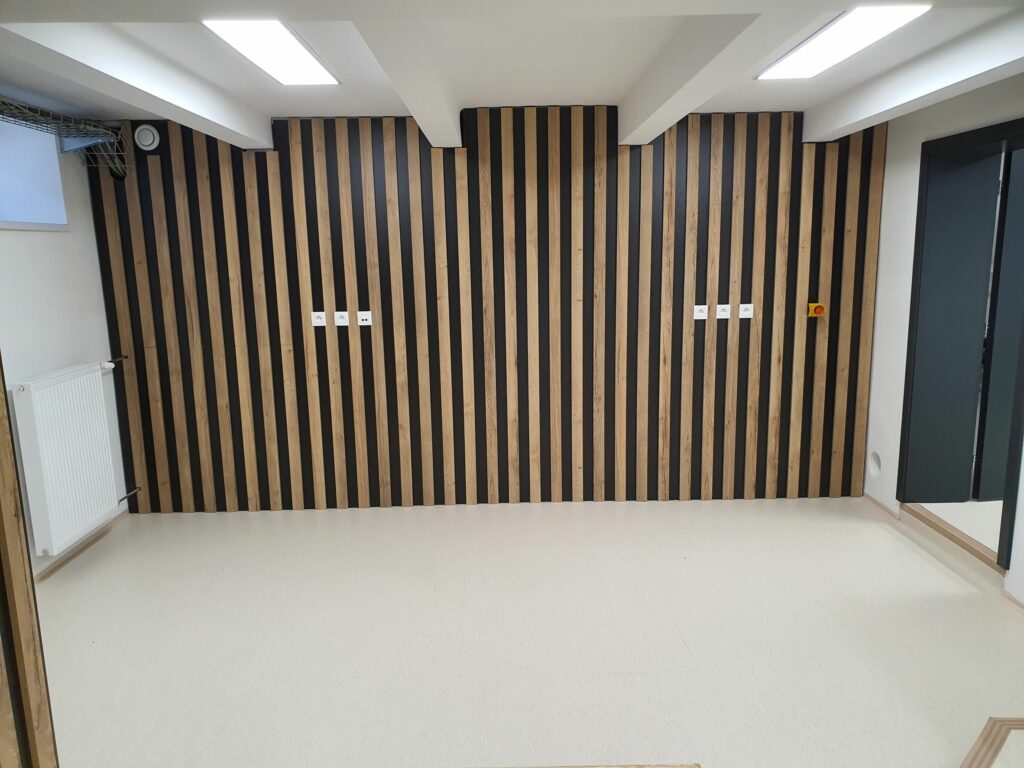SemirTulić, ThomasWaitz, MáriaČaplovičová, GerlindeHabler, ViliamVretenár, TomaSusi, VieraSkákalová
Carbon, Volume 185, 2021, 300-313
https://doi.org/10.1016/j.carbon.2021.08.082
Abstract
Diamond and graphene are carbon allotropes with starkly different physical characteristics. Their combination into graphene-on-diamond heterostructures could benefit from the complementary properties of both components. Graphitization of single-crystalline diamond surfaces is a promising synthesis route, but a clear understanding of the growth of graphene or graphite from solid carbon sources is so far missing. Using aberration-corrected transmission electron microscopy, Raman spectroscopy, and electrical transport measurements, we provide detailed insight in the mechanisms of structural changes of nickel-catalyzed graphitization of diamond. We propose competing atomistic processes occurring at contact sites of diamond and Ni, depending on diamond surface terminations. One-dimensional etching process dominates on (111) diamond surfaces that remain almost atomically flat during graphitization. Two-dimensional etching of (110) and (100) diamond surfaces results in Ni drilling into the diamond substrate. Our findings also provide evidence on the reaction rates of the catalysis. The most reactive diamond surface in the (100) orientation is covered with the largest amount of well-crystallized graphite, whereas the (111) surface shows the highest stability against catalytic etching. In the latter case, only a thin disordered graphite layer is formed, yielding the lowest electric conductance. By clarifying these etching mechanisms, our results can improve the synthesis of graphene-on-diamond heterostructures.


